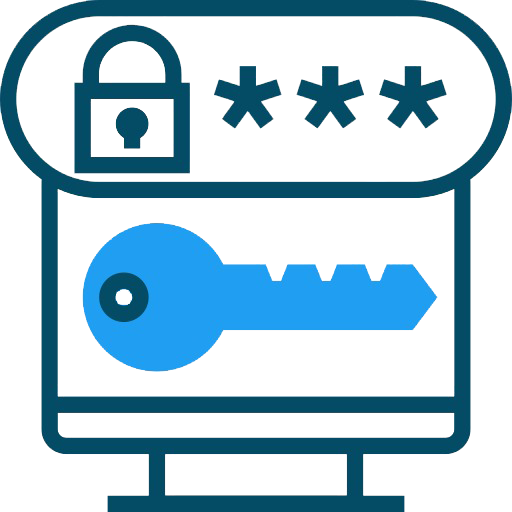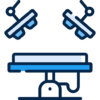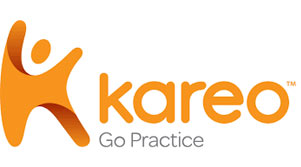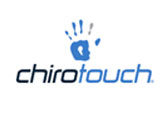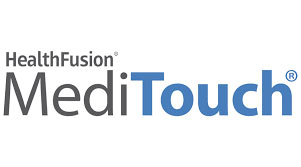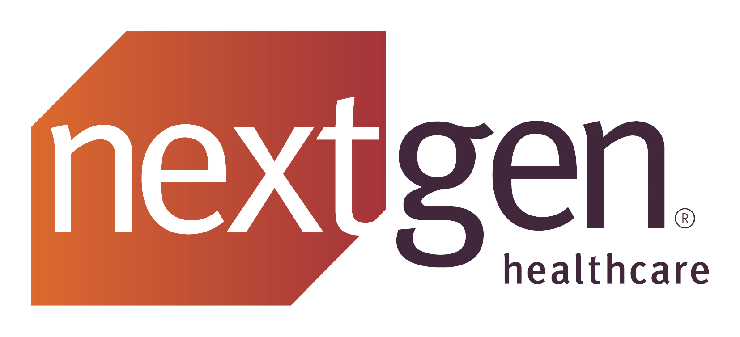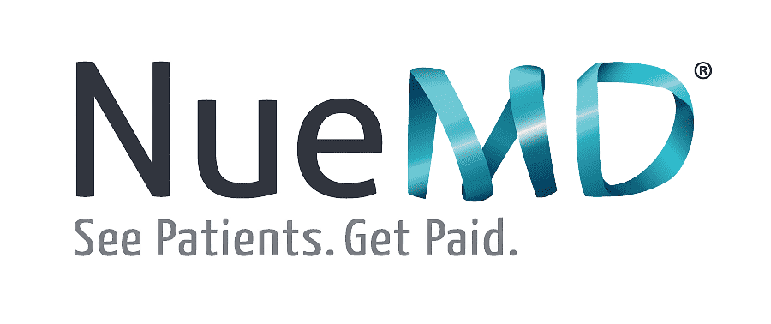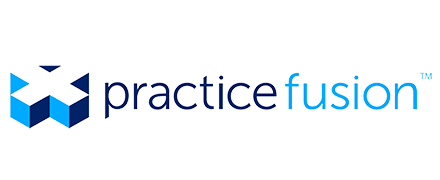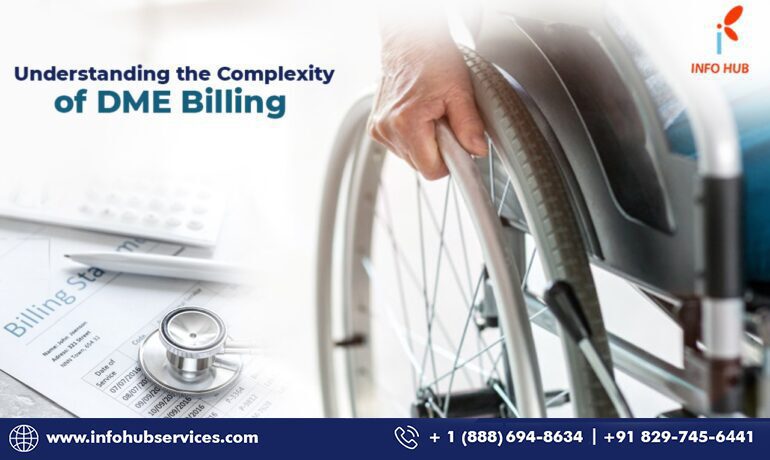Durable Medical Equipment (DME) billing is one of the booming and extensive industries in today’s date. The industry is constantly evolving due to changes in compliance regulations and requirements. It can be a task if the providers don’t have an in-depth understanding, which may result in a larger number of rejected claims, lower reimbursement, and hence lower revenue.
What is DME?
DME is the medical equipment providing therapeutic benefits that can help people in need due to certain medical conditions, at home or any non-hospital setting. The DME must be medically necessary, requires a prescription, and needs to be authorized before it gets eligible for coverage. DME providers need to have a streamlined billing process for submitting and receiving claim payments from the insurance companies.
DMEPOS is a broader concept including SME medical equipment and Prosthetics, Orthotics, etc. DMEPOS equipment includes walkers, crutches, hospital beds, wheelchairs, artificial limbs, neck braces, prosthetic devices, and many more.
How is DME billing different?
Things that make DME billing different from other types of medical billing:
- Renting or owing equipment is allowed in DME billing and codes are specifically designated to equipment. Whereas codes are mostly designated to procedures or services in medical billing.
- DME billing uses HCPCS (Healthcare Common Procedure Coding System) Level II codes while medical billing uses HCPCS Level I codes generally.
- Modifiers are optional and won’t directly impact the claim in medical billing. Whereas the use of modifiers is mandatory and will determine if a claim will be denied or approved in DME billing.
Processes in DME Billing
The patient must have seen a specialist who has prescribed the equipment as essential. Hence, a written prescription from a medical practitioner is needed.
The patient will then go to a DME provider to get it. A Certificate of Medical Necessity should be completed and signed by the doctor and the DME provider. At this step, the patient also may need pre-authorization, which is done by the patient’s insurance company. A signed delivery slip or its photo can also be asked.
The provider contacts the insurance company to confirm and check information like which insurance the patient has and what all it covers. The patient’s insurance policy number and the group plan number are also taken.
Only after successful verification of the documents and information, the provider can generate the invoice. This is the step where each piece of the equipment is billed and coded according to the HCPCS Level II codes and modifiers. Some of the common modifiers used are RR – Rental, NU – Purchase of new equipment, UE – Purchase of used equipment.
The final step is to file the claim electronically. Claims sent to the insurance company will then be evaluated and the process may take around 30 days. If they’re rejected due to any reason, the provider needs to re-submit with corrections.
Tips for Better DME Billing
- DME payor medical policies change frequently and you need to stay updated with all those to run your billing smoothly.
- As common as it sounds, you need to have a thorough billing process from admission to submission of claims. It will ensure you get fewer denials and the maximum reimbursement for all your claims.
- If you’re unsure about the documents needed, you could always confirm them first with the insurance company. As the DME billing process is exhaustive, one small error in the documentation can bring you to the start again.
- Any patient’s record must display medical necessity always. You may check medical policies and Local Coverage Determinations (LCDs) to see what can be added as medical necessity proof.
- Keep reviewing the denial rates and pay extra attention to the reasons why the claims were denied. You also need to correct the errors and re-submit them to take benefit of reimbursements.
- Regularly audit your process so that all things are kept updated.
Outsourcing DME Billing Services can help reduce your stress as the appointed company will stay updated with the policies for you, submit all the claims, check and correct the HCPCS codes, and keep track of the rejected claims. Outsourcing saves your time and resources to develop a process, train staff with all the current regulations, and reduce your time-consuming tasks.
Info Hub Consultancy Services is a leading offshore medical billing service provider agency and we can help you with optimizing costs for your DME billing services.
We will help in verifying eligibility, prior authorization if needed, correct use of HCPCS Level II Codes and Modifiers, submission of claims, accounts receivable and managing the denied claims.
Outsourcing DME Billing Services to India has several benefits as they’re thoroughly updated with the medical billing in the USA.



